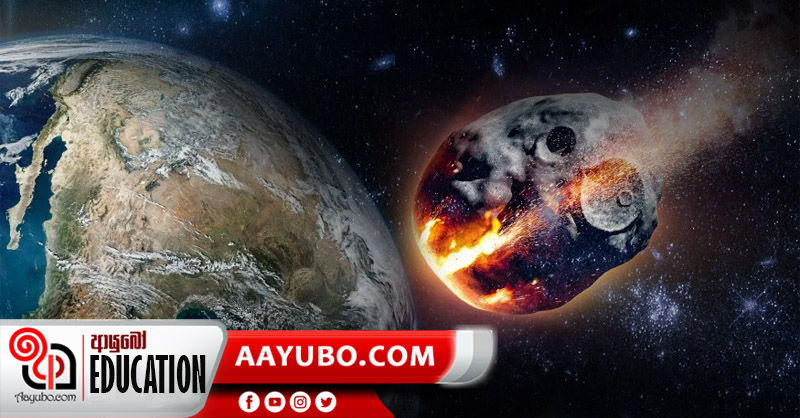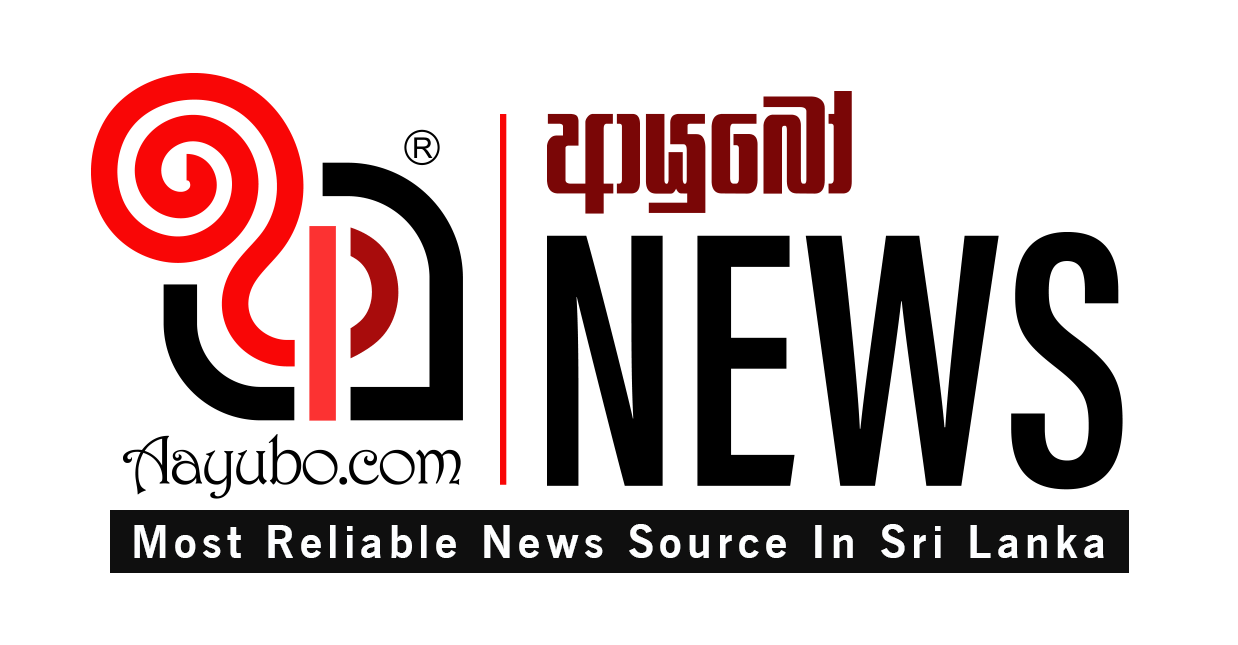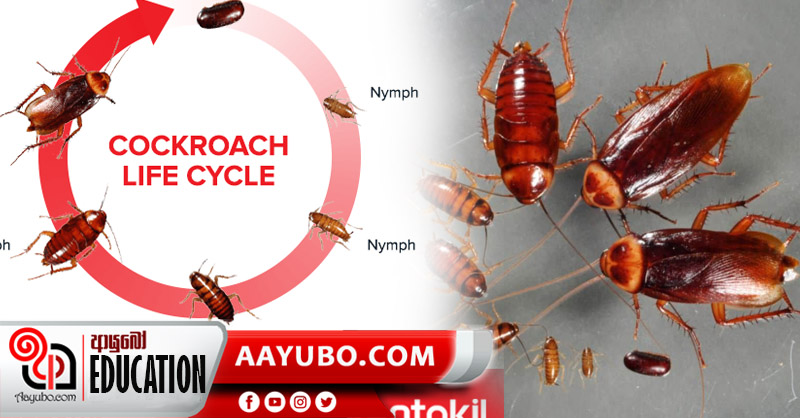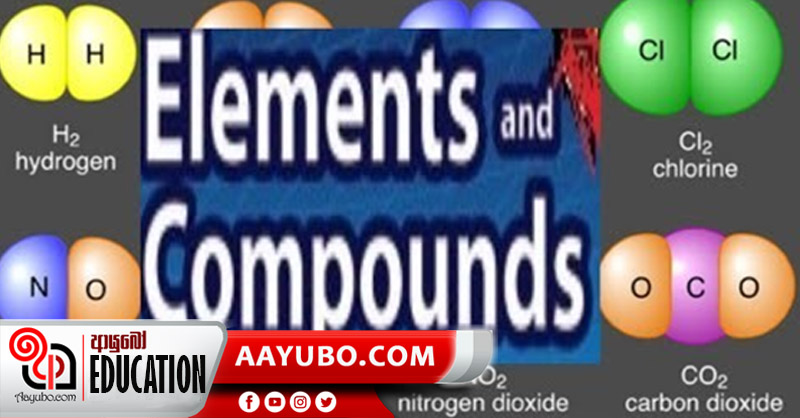Grade 8 Geography : Solar System - Part 12 (Asteroids)

Our solar system was formed about billions of years ago and the rock particles and debris left over during this process are known as Asteroids. These take various sizes and shapes and they also orbit the sun like the planets. However, they are much smaller than the planets and are called minor planets. Asteroids don’t have atmospheres and they are also known as planetoids. There are millions of these rocky, irregular shaped bodies in the solar system and the asteroid belt that separates the inner / terrestrial planets from the outer planets/gas giants is composed of many asteroids.
The asteroids that follow the same orbit of the planet Jupiter are called the Trojans. Those that cross the orbital path of our home planet earth are called the near earth objects. Thus, these asteroids are classified in to three major groups based on their location/ region. They are the main asteroid belt, Trojans and NEOs (near earth objects). Ceres is known as the largest and the brightest asteroid. Many of these have craters or pits on their surface and the asteroid called “Vesta” is said to have a massive crater. They also rotate while revolving around the sun and some have one or more natural satellites. Moreover, asteroids can be dangerous as they are capable of hitting our planet and owing to this the relevant organizations and the scientists are vigilant about the asteroids, their orbital paths and their attributes. Moreover, based on the composition, asteroids can be grouped in to several groups as carbonaceous asteroids, silicaceous asteroids and metallic asteroids.
You might be able to recall instances when you got quite excited at the sight of shooting stars! In reality, they are debris of the old space rocks or asteroids. When asteroids or fragments of it (meteoroids) fall on the earth, we call them the meteors. These burn when they enter the atmosphere of the earth. This happens as the meteoroid vaporize and becomes a “shooting star” as it is often named. However, it is a meteor that appears as a flash of light. When the meteor hits the surface of the earth, it’s called a meteorite. These are of three major types, basically iron, stony, and stony metallic meteorites. If we consider comets, they are made of dust and ice that eventually vaporize when they get closer to the sun during revolution. This leads to the birth of the comet’s tail. Thus, unlike meteors which could only be observed as they enter our atmosphere, comets can be observed from a long distance.
by Mekhala Egodawele
Photo source : Internet
397 Views








Comments